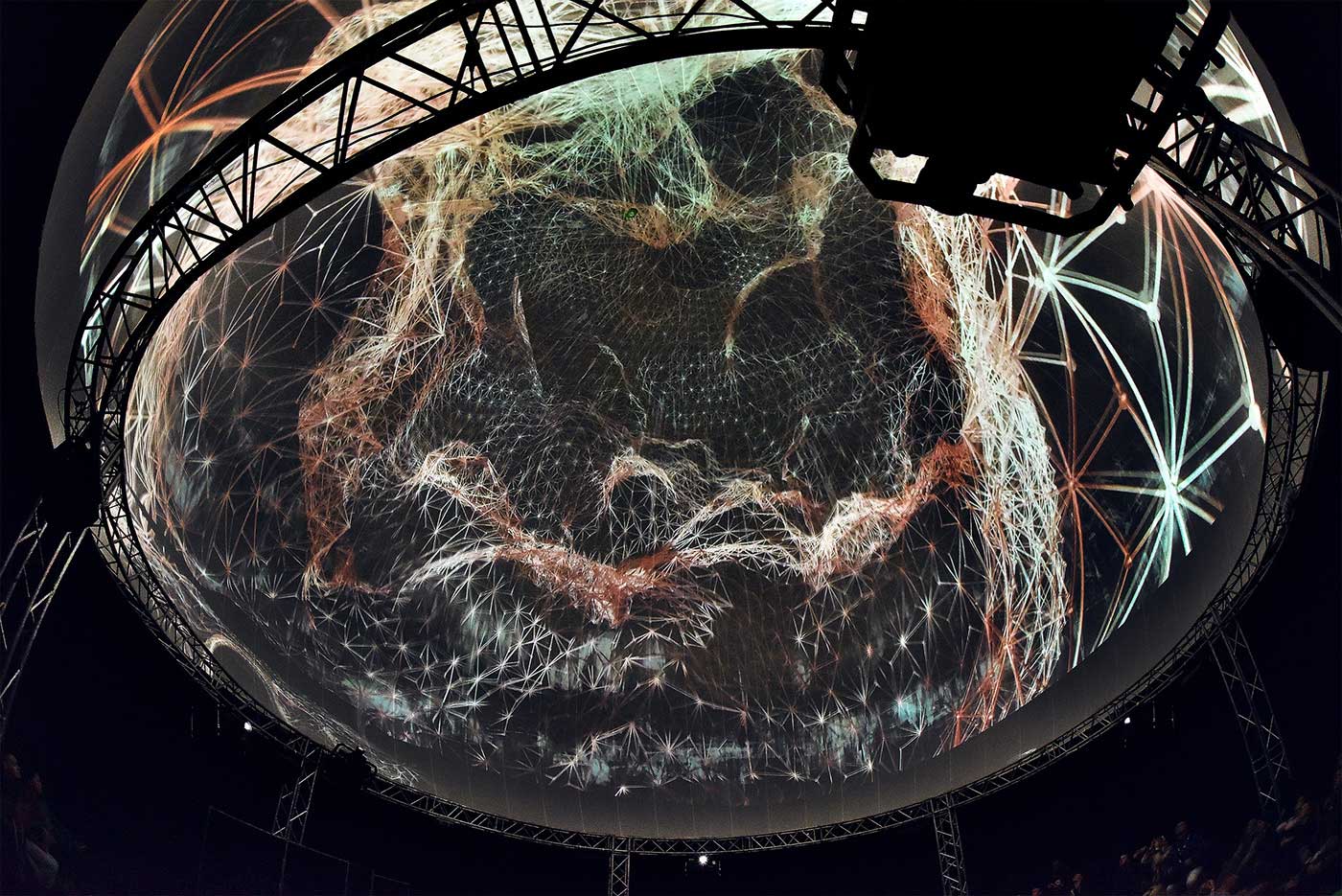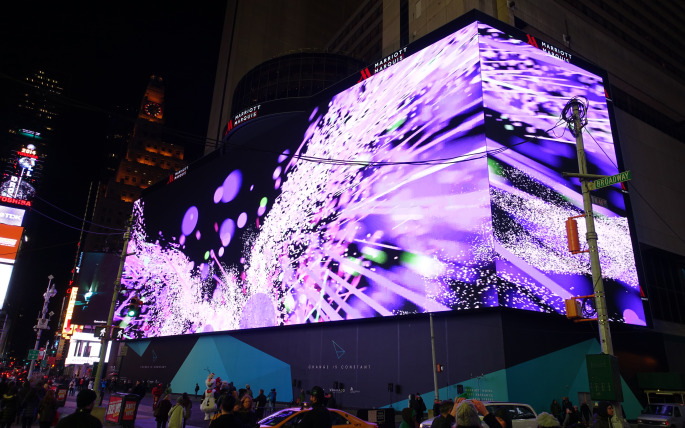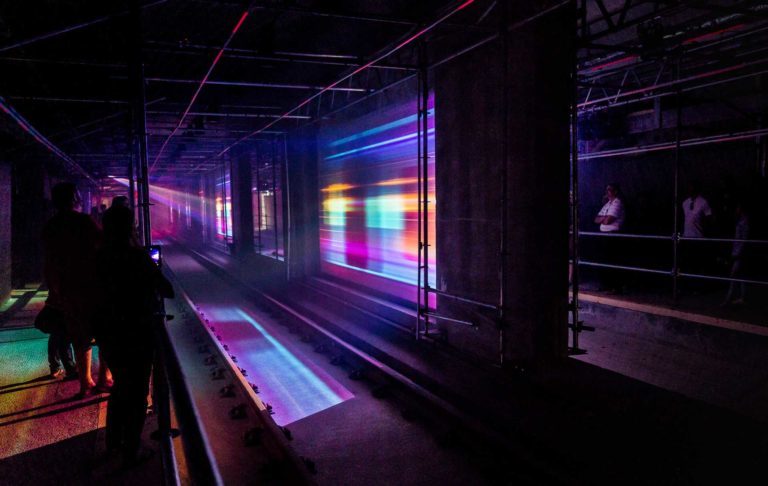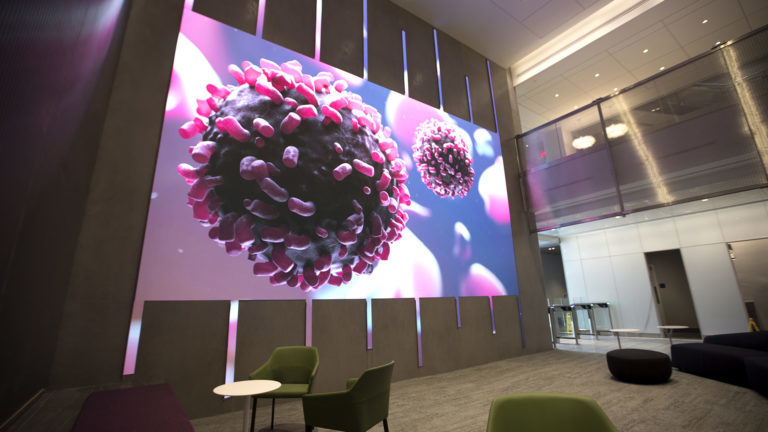Insights
What is Creative Technology?
Oct18
Shared By John Flores
CEO

If you are part of the advertising, digital media, or the visual arts community, you likely have come across the term “creative technology” or noticed Creative Technologists popping up in your network. But what does creative technology really mean? How does it relate to you, the Art Director, Software Developer or consumer? Can technology be creative and can creativity be technical?
Creative Technology: The White-Glove Definition
Wikipedia defines creative technology as “a field encompassing art, digital product design, digital media or an advertising and media made with a software-based, electronic and/or data-driven engine.” They further cite examples of creative technology as “multi-sensory experiences made using computer graphics, video production, digital cinematography, virtual reality, augmented reality, video editing, software engineering, 3D printing, the Internet of Things, CAD/CAM and wearable technology.”
In English, Please
So let’s back-up a little. Starting as “interactive” a decade ago, digital media has since expanded into experiential marketing. Around 2011, pioneering brands and marketers started creating large immersive exhibits designed to wow audiences. Having grown weary of interactive banner ads and new media web tools, these forward-thinking content creators sought to use visual technology to build larger-than-life exhibitions that blew people away. Iconic examples of these early activations include Obscura’s Sydney Opera House and Audi’s A1 projection projects.
In 2015 the term creative technology became popular within advertising communities. By that point, emerging tech (motion sensors, VR headsets, beacons, smart technologies, etc.) had created new opportunities for companies to connect with audiences. Experiential and immersive content was (and is) still alive, though content creators now had smarter tools and the processing power needed to interact directly with environments and audiences.

Today, technology-based activations have taken creativity to a whole new level. Content creators have the ability to transport audiences into digital experiences, and, subsequently, have those digital experiences respond to their actions, motives, and interests. Additionally, prolific visual artists, such as Can Buyukberber, are reimagining immersive audiovisual experiences while forging new audience-focused opportunities for the brands they work with.

What is a Creative Technology?
The short answer is a lot of things, depending on who you ask (this can easily become a philosophical conversation). As co-founder and managing partner at Britelite Immersive, I tend to think of creative technologies as motion sensors, large format display hardware, generative design tools, interactive screens and surfaces, virtual and augmented reality, and even data platforms. For the average consumer, Creative Technology comes to life when...
- You’re waving your hands in-front of a big screen and the designs and patterns mimic your movements
- You walk into a company’s lobby and a digital wall displays a beautiful, abstract visualization based on the company's sales data
- You hold your phone over a retail product to launch related brand content and imagery
- You place a glass on an interactive bar to launch a digital menu and place an order
- You walk into a museum and have an interactive light sculpture respond to your presence by changing shape and color
- You have a conversation with a holographic sales associate
The Creative Technologist
Creative Technologists are a critical bridge between developers and designers (if you’ve worked in the industry you know how difficult this can be). Typically, a Creative Technologist is a developer by trade, though they understand the creative process and have a wide skill set outside of coding. It’s not uncommon to find a CT that is a full-time developer and part-time Animator, 3D Designer, Visual Effects Artist, and so on.

At Britelite, we believe design is more than aesthetics; it’s a modality that combines art, user experience design, and technology. As such, Creative Technologists are critical to our overall process, as they have a unique understanding of the types of technologies that can be leveraged to execute a given creative concept. They have an expert knowledge of emerging tech and work closely with our traditional creatives to define technology solutions during ideation sessions. They are also responsible for R&D, early prototyping, technical direction, and managing software development. It’s a challenging role and a key part of bringing different disciplines together to execute a smart, strategic, and successful vision.
The Horizon
With the explosion of new technologies and smart devices, marketers and brands are constantly looking at technology as a means to engage, or even re-engage, customers. Similarly, consumers are constantly on the look-out for new experiences that they can share. As such, the creative technology field is growing exponentially – examples can be found in most creative industries including retail, fashion, art, the performing arts, advertising, and entertainment. In 2018 and beyond, creative technologies will continue to impact our daily lives, taking on practical roles to help us drive, shop, cook, heal, consume, and more.

Britelite's "Immersive Research Center"
Britelite Immersive is a creative technology company that builds experiences for physical, virtual, and online realities. Read more about our capabilities or view our work.


